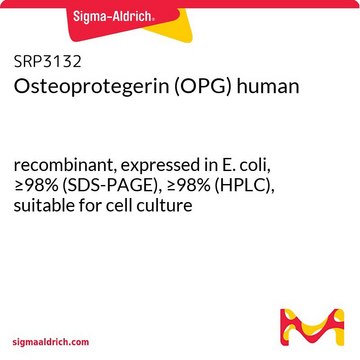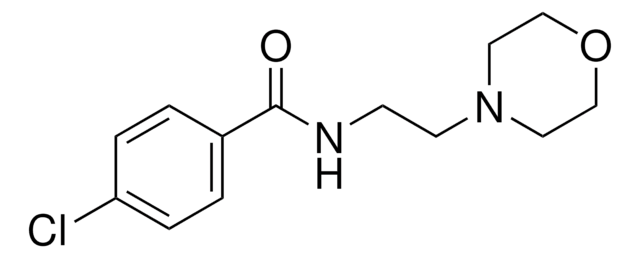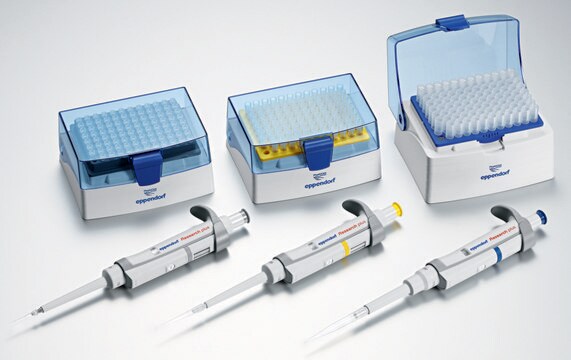O8137
Osteoprotegerin/Fc Chimera from mouse
>95% (SDS-PAGE), recombinant, expressed in NSO cells, lyophilized powder
Synonym(s):
OCIF, OPG
Sign Into View Organizational & Contract Pricing
All Photos(1)
About This Item
Recommended Products
biological source
mouse
Quality Level
recombinant
expressed in NSO cells
Assay
>95% (SDS-PAGE)
form
lyophilized powder
potency
25-50 ng/mL ED50
mol wt
100 kDa by SDS-PAGE (reducing)
calculated mol wt 70.9 kDa
packaging
pkg of 100 μg
impurities
endotoxin, tested
UniProt accession no.
storage temp.
−20°C
SMILES string
CCCCCCCCCCC#CCCCCCC(O)=O
InChI
1S/C18H32O2/c1-2-3-4-5-6-7-8-9-10-11-12-13-14-15-16-17-18(19)20/h2-10,13-17H2,1H3,(H,19,20)
InChI key
XXUPLYBCNPLTIW-UHFFFAOYSA-N
Gene Information
mouse ... Tnfrsf11b(18383)
General description
Osteoprotegerin (OPG) is a member of the TNFR (tumor necrosis factor receptor) superfamily that can act as a decoy receptor for RANKL (receptor activator of nuclear factor κ-B ligand) and TRAIL (tumor necrosis factor-related apoptosis-inducing ligand). The primary structure of OPG protein consists of seven distinct domains, four of which corresponds to the extracellular cysteine-rich domains of TNFR proteins and constitutes the soluble OPG. OPG is expressed in a wide variety of tissues including adult heart, lung, kidney and liver. It is secreted both as a monomeric and a dimeric protein.
Biochem/physiol Actions
Binding of soluble osteoprotegerin (OPG) to sRANKL (soluble receptor activator of nuclear factor κ-B ligand) inhibits osteoclastogenesis by interrupting the signaling between stromal cells and osteoclastic progenitor cells, thereby leading to excess accumulation of bone and cartilage. Changes in the level of serum OPG are associated with atherosclerosis and cardiovascular disorders. It might also be associated with malignancy and plays a regulatory role in multiple myeloma, prostate, breast, bladder and gastric carcinoma. OPG plays a vital role in bone metabolism and is involved in inhibition of ovariectomy-associated bone loss in rats.
OPG is a soluble secreted member of the tumor necrosis factor receptor superfamily that lacks any apparent cell-association motifs. It regulates the formation of osteoclasts and is involved in the regulation of bone resorption and remodeling. Human and mouse OPG share approximately 84% and 94% amino acid sequence identity, respectively, with rat OPG.
Physical form
Lyophilized from a 0.2 μm filtered solution in phosphate buffered saline.
Analysis Note
The biological activity is measured by its ability to neutralize apoptosis of mouse L-929 cells treated with 50 ng/ml recombinant human TRAIL.
Storage Class Code
11 - Combustible Solids
WGK
WGK 3
Flash Point(F)
Not applicable
Flash Point(C)
Not applicable
Choose from one of the most recent versions:
Already Own This Product?
Find documentation for the products that you have recently purchased in the Document Library.
Osteoprotegerin secreted by inflammatory and invasive breast cancer cells induces aneuploidy, cell proliferation and angiogenesis.
Goswami S and Sharma-Walia N
BMC Cancer, 15:935 (2015)
Osteoprotegerin: a novel secreted protein involved in the regulation of bone density.
Simonet WS
Cell, 89(2), 309-319 (1997)
Polymorphisms in three genes are associated with hemorrhagic stroke.
Liu W
Brain and Behavior, 5(11), e00395-e00395 (2015)
Functions of RANKL/RANK/OPG in bone modeling and remodeling.
Boyce BF and Xing L.
Archives of Biochemistry and Biophysics, 473(2), 139-146 (2008)
Our team of scientists has experience in all areas of research including Life Science, Material Science, Chemical Synthesis, Chromatography, Analytical and many others.
Contact Technical Service






![Bis[2-(2-chloroethoxy)ethyl] ether ≥99.0% (T)](/deepweb/assets/sigmaaldrich/product/structures/333/320/46ff3398-7a62-42b5-b9bc-0a3d0cb0429c/640/46ff3398-7a62-42b5-b9bc-0a3d0cb0429c.png)
![Chloro(4-cyanophenyl)[(R)-1-[(S)-2-(dicyclohexylphosphino)ferrocenyl]ethyldicyclohexylphosphine]nickel(II)](/deepweb/assets/sigmaaldrich/product/structures/308/161/648149e1-191f-48a0-af54-81c827b98fc9/640/648149e1-191f-48a0-af54-81c827b98fc9.png)
